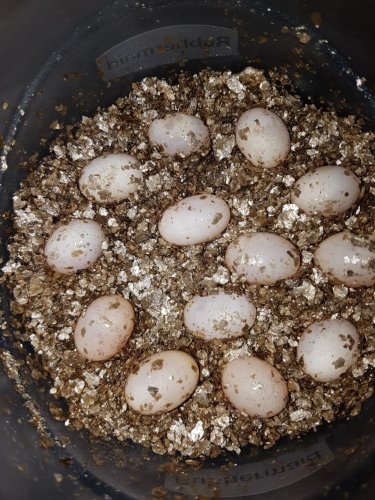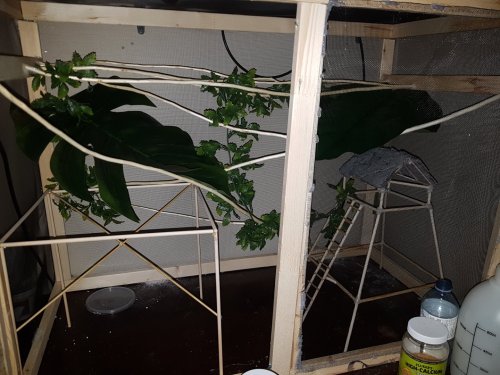Joseph 1233
Member
I was wondering as it seems most of my eggs that are fertile are showing more pink and less white and almost have a transparent look I'm thinking that I must have added too much water to my vermiculite and they absorbed a bunch and I'm now worried they may have become too rubbery to hatch easily and was wondering what my best option would be at this point. the eggs are In tupper ware containers with lids and a small air hole almost 1/4 inch around witch hasn't seemed to help with the moisture. Eggs are 4 months old.



